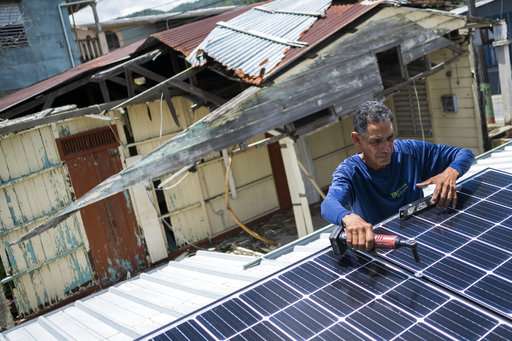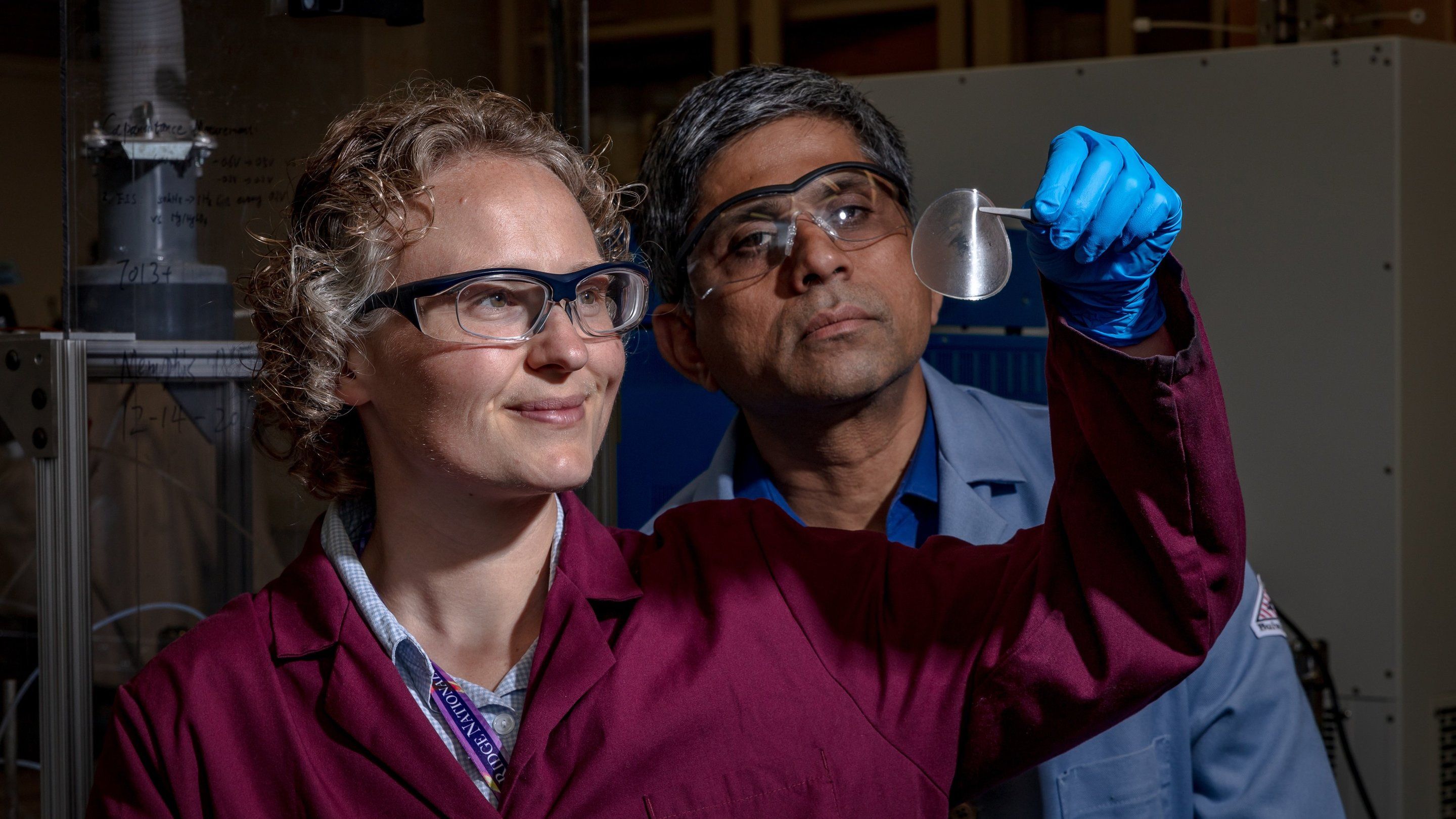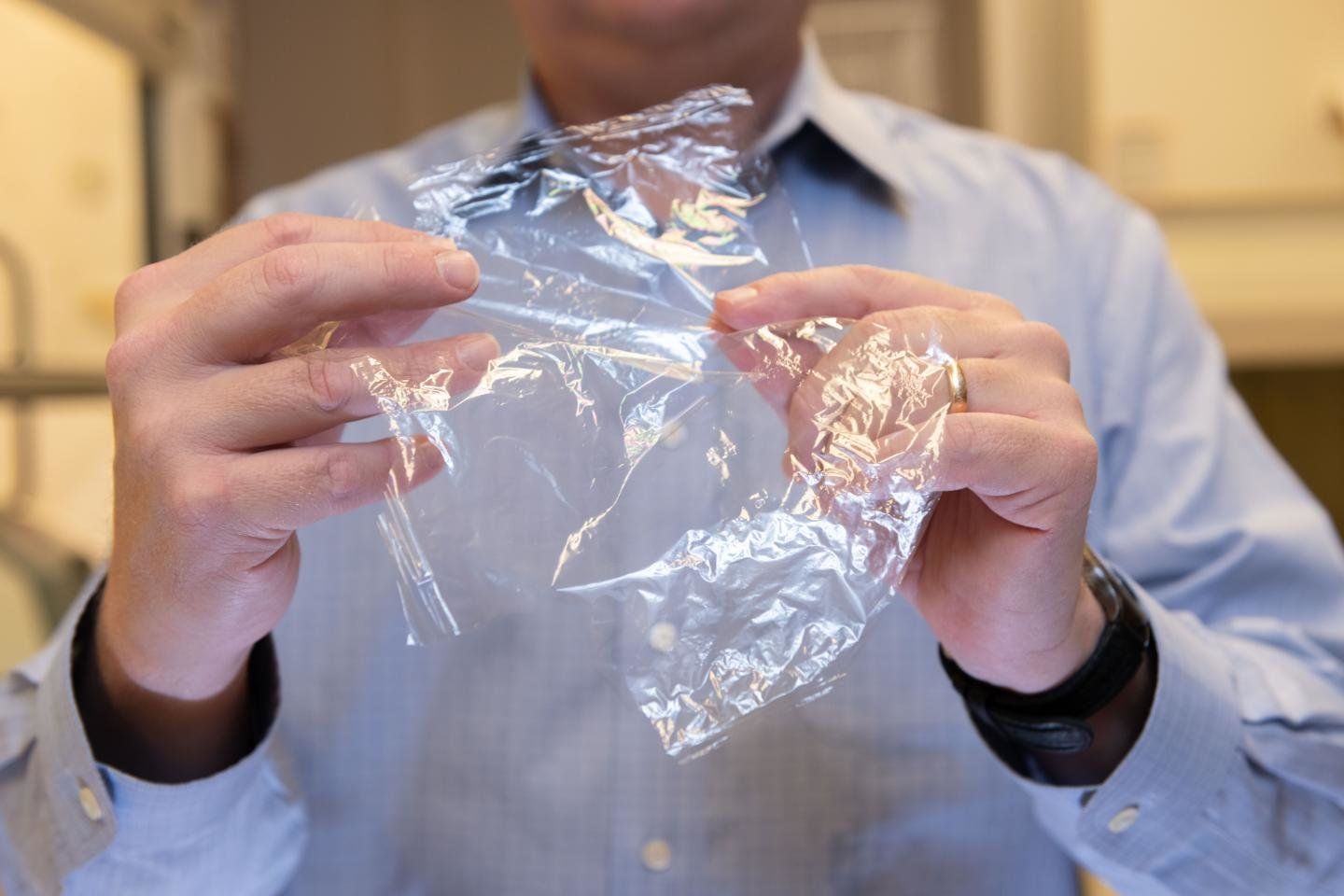Ten months after Hurricane Maria, Adjuntas still loses power any time a heavy rain or wind pounds the rickety power lines feeding this town high in the central mountains of Puerto Rico.
That leaves its 20,000 people once again in the dark, without light, fresh water or air conditioning—except for a handful of homes and businesses glowing in the night thanks to solar energy.
The people of Adjuntas call those places “cucubanos,” an indigenous Puerto Rican firefly. They’re part of a small but growing movement to provide the U.S. territory with sustainable, renewable energy independent of the decrepit power grid.







